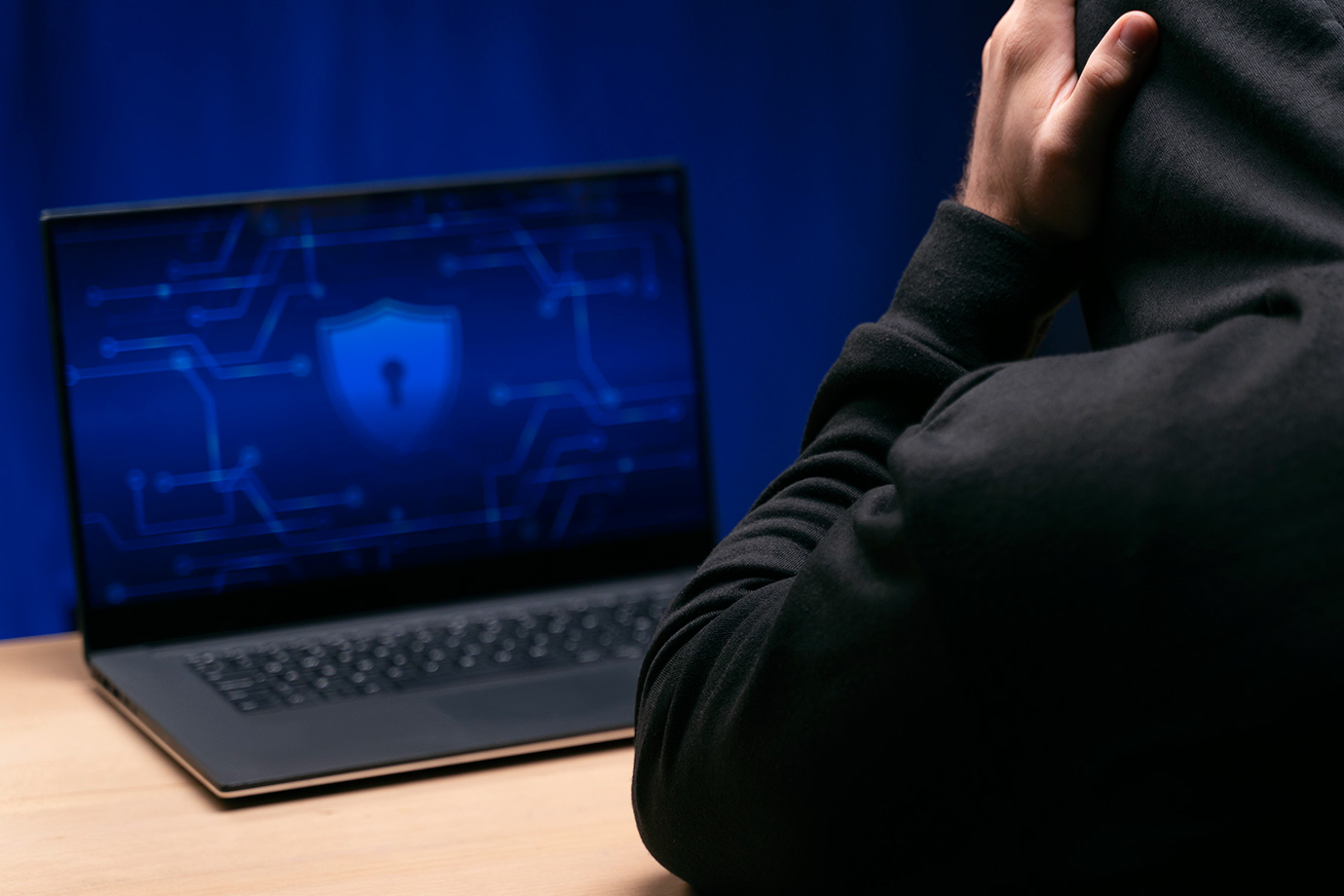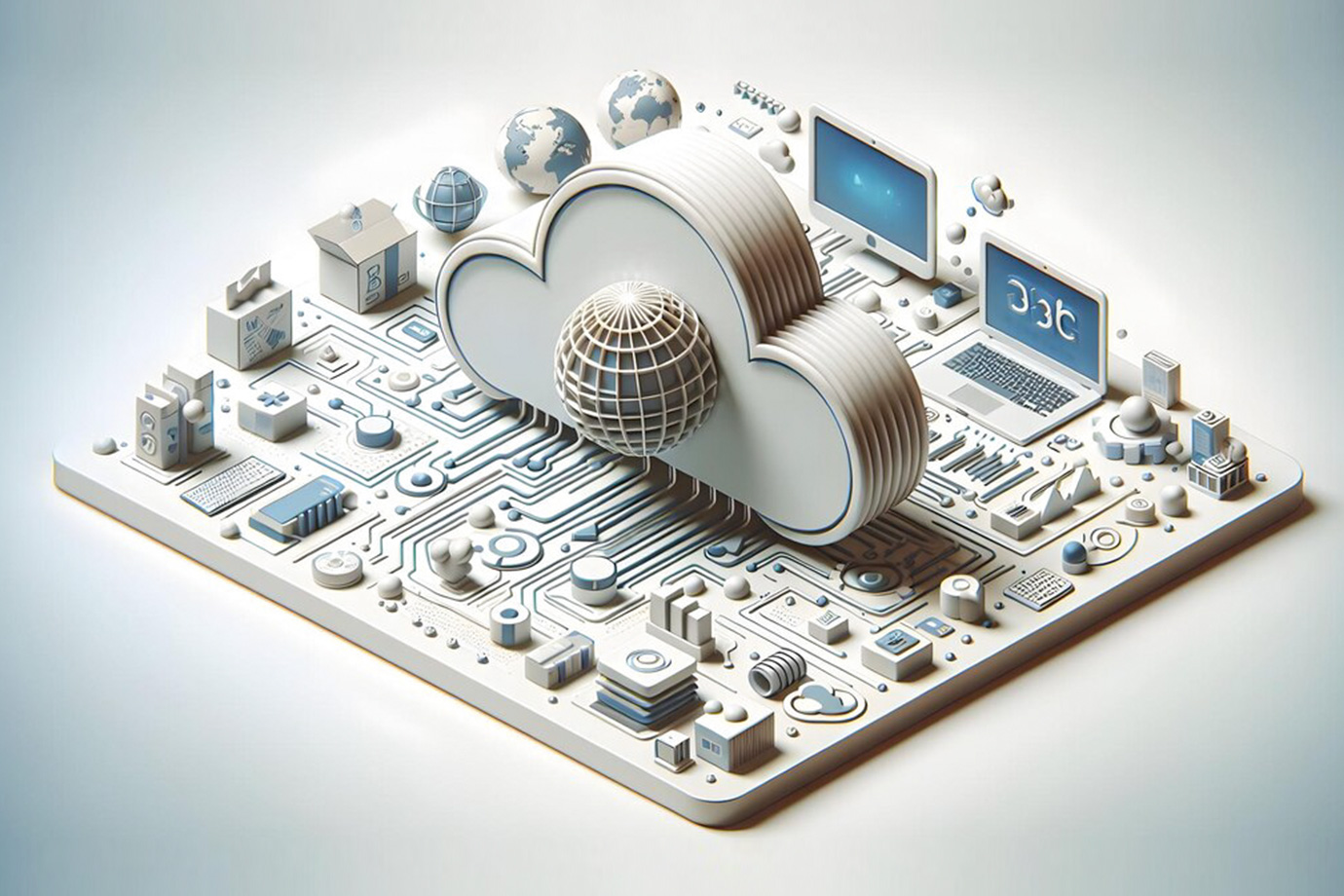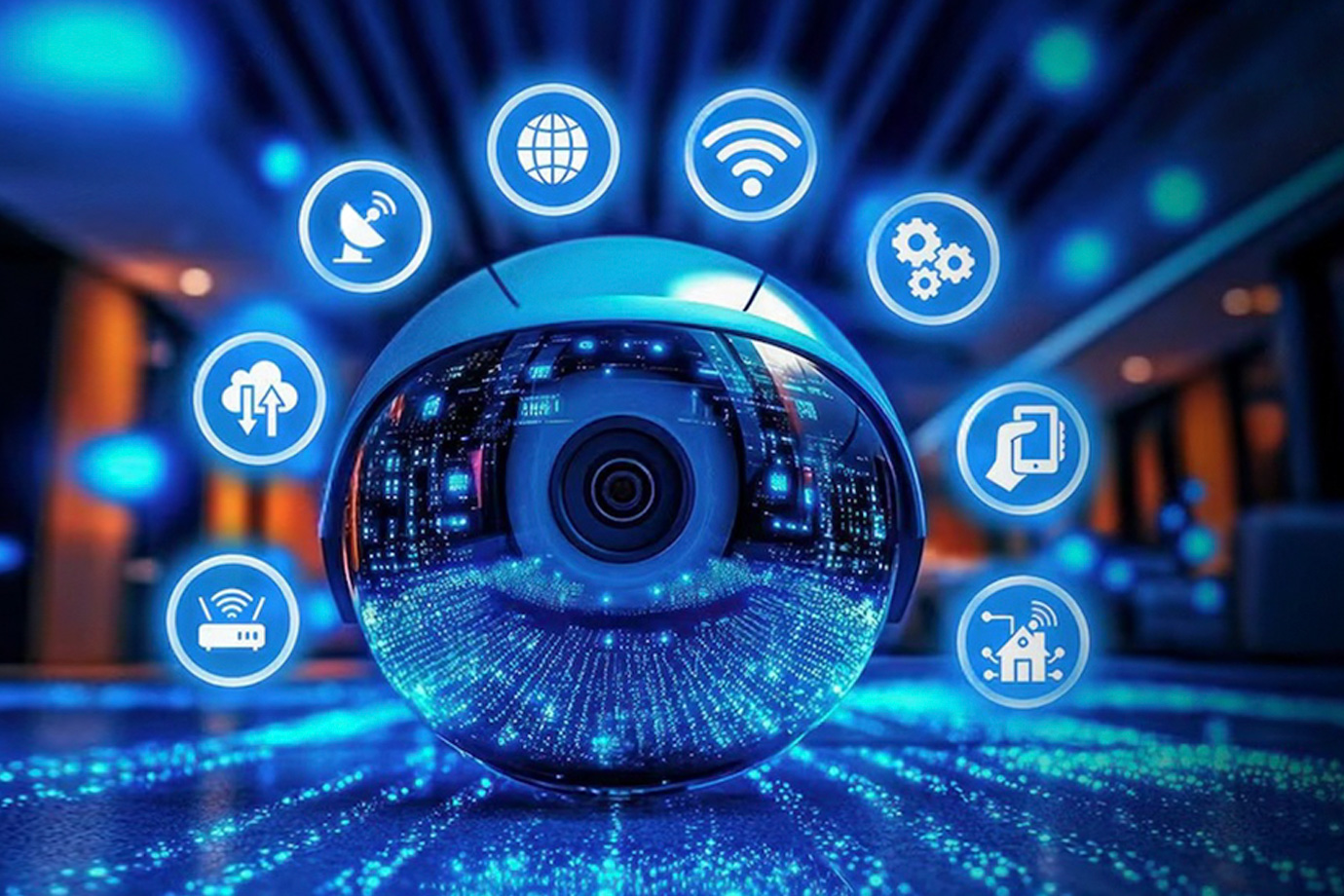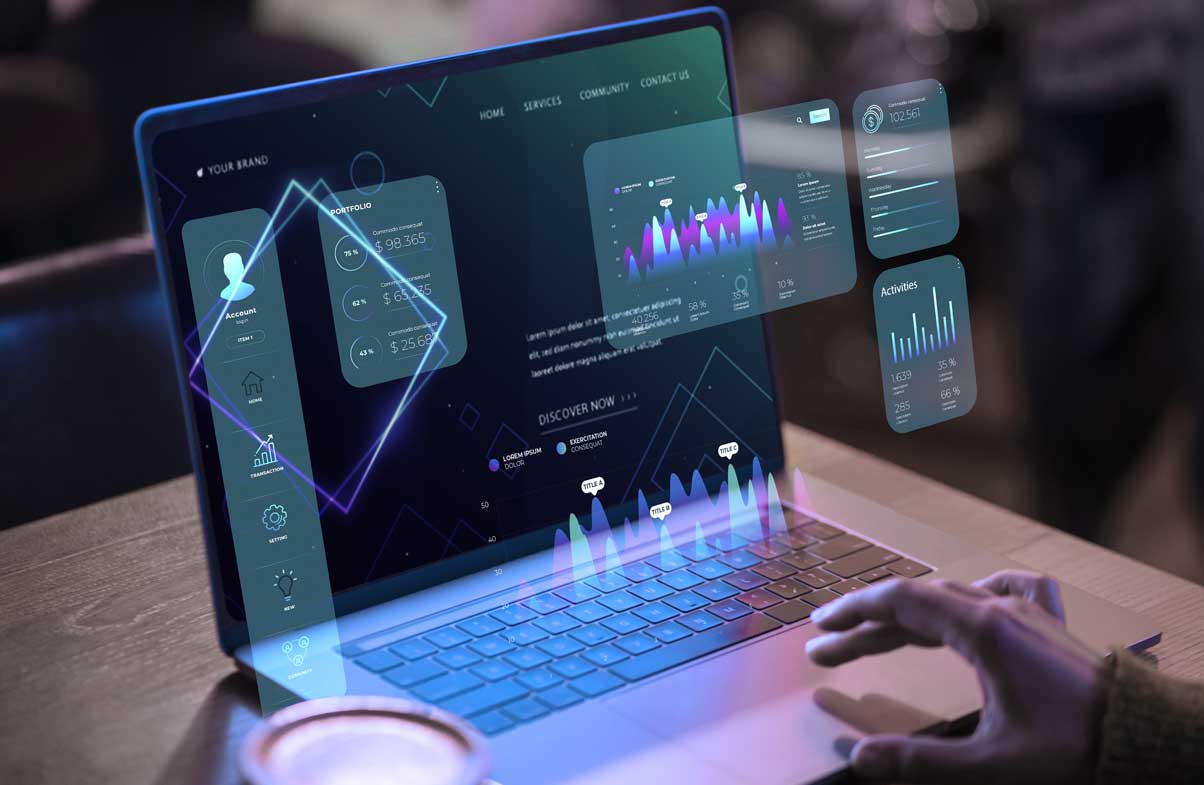Common Cybersecurity Mistakes People Still Make in 2025

02 Jun 2025
In 2025, we will be surrounded by AI technologies, cloud-based services, and smart devices. Despite a lot of awareness, people still make cybersecurity mistakes, and human error continues to be the weakest link in digital security.
If people fail to follow basic digital hygiene, cybersecurity tools have advanced enough to exploit businesses and individuals.
Top Ten Cybersecurity Mistakes People Make:
The following are the most highlighted cybersecurity mistakes people make and how to avoid them.
1. Using Reused or Weak Passwords:
Often, people use very simple passwords like ‘12345’ or their first names followed by their birth year. These passwords are very easy to guess for cybersecurity criminals. It is very shocking that even after the growing availability of password managers and biometric authentication, people still choose shortcuts over them.
Solution: Use a trusted password manager to store complex and unique passwords. Also, enable biometric verification and two-factor authentication to add an extra layer of security.
2. Ignoring Multi-Factor Authentication (MFA):
Multifactor authentication is the most effective way to secure accounts. But people mostly ignore it due to a lack of understanding, confusion, or laziness. It’s the simplest way to stop a breach. Yet, people skip it, leaving their accounts wide open to attack.
Solution: Enable MFA on your accounts, especially on your banking, email, and work-related accounts.
3. Phishing Scams:
Phishing scams are very common nowadays. Cybercriminals now use convincing emails, text messages, deep-fake voice notes, and videos. People still fall for this by clicking suspicious links and downloading harmful files. Our personal information is also compromised solely due to our ignorance.
Solution: Emails or messages requiring urgent action or sensitive information should be verified beforehand. Malicious links should not be clicked on, and when in doubt, always contact the sender through a trusted channel directly.
4. Oversharing on Social Media:
People unknowingly share information on social media, which is a goldmine for cybercriminals. Such as their pet’s name, their workplace, address, and information that is mostly required to crack passwords and answer security questions.
For spear phishing or identity theft, cybercriminals use social platforms to access data for their targeted person.
Solution: Avoid sharing personal information and pictures on social media that could be used to guess your credentials. Always keep a check on your privacy settings.
5. Neglecting Software Updates:
The popping software update notifications are annoying, but necessary to keep our data secure. Application and software updates are important and should be done on a regular basis to avoid data leaks and scams. Outdated applications are vulnerable, and hackers exploit them with ease.
In 2025, many cyberattacks are due to unsupported software and unpatched systems.
Solution: Automatic updates should be turned on on all devices, including smartphones, laptops, routers, and smart home gadgets. Newly installed applications should be routinely checked for any updates.
6. Poor Mobile and IoT Security:
We have smart devices, voice assistants, smart TVs, and fitness trackers everywhere around us. Unfortunately, most people don’t know how to secure these devices properly. We use default passwords, ignore firmware updates, or download mobile apps from unofficial sources, opening doors for cybercriminals.
Solution: Regularly update firmware, change default credentials, and use network segmentation to isolate and secure mobile and IoT devices from cybercriminals.
7. Assuming Public Wi-Fi is safe:
Open, free Wi-Fi at hotels, public areas, and restaurants is a hotspot for hackers. They use tools such as packet sniffers to intercept our data.
Having free Wi-Fi at public places can feel like a mixed bag – convenient for browsing and staying connected, but also potentially risky for data security.
Solution: While browsing open Wi-Fi networks, a VPN must be used for security. We should never use banking applications or make purchases on open networks. For critical activities, we should always switch to mobile data.
8. Assuming Mobile Devices Are Immune:
We still think our mobile phones and smart devices are safer than PCs. But mobile-specific malware, spyware, and malicious apps are on the rise. Mobile phones contain sensitive information and financial data, which makes them an attractive target for cybercriminals.
Solution: Mobile security software should always be installed. Applications should never be blindly granted access to our contacts, camera or microphone. All the applications must be downloaded from a trusted source.
9. Not Understanding Security Settings:
A lack of understanding of our security settings, also known as misconfiguration, can lead to a cyberattack. Misconfiguration causes vulnerabilities for cybercriminals to steal data or gain unauthorized access to our information. Misconfigured systems, such as servers with open ports, can be easily identified and attacked. Many people don’t take the time to go through their security settings on devices, browsers, or online accounts.
Solution: Security checkups should be done regularly. Google and Microsoft offer security dashboards to review account access, permissions, and connected devices. Anti-theft tools and biometric authentication should be used. Application permissions should be reviewed periodically.
10. Blind Trust in AI and Automation:
AI is a very helpful tool and a top need for our everyday life. But trusting AI blindly is very risky. It can lead to missed threats and vulnerability to cyberattacks. AI tools can cause false alarms, fake recommendations, and be biased. AI-driven cyberattacks can exploit vulnerabilities as trusted system attributes, making them difficult to detect and defend against.
Solution: Always be aware of AI-generated content. Scammers use AI to mimic voices, messages, and even faces. We should never rely on AI solely, and double-check the critical information and decisions made by AI.
Conclusion:
With the ongoing digital era, cybersecurity isn’t optional but essential. Many of the cybersecurity threats in 2025 are still preventable with basic precautions and security.
By recognizing these common mistakes, we can easily reduce our risk of getting cyberattacked. In a world where technology evolves fast, our best defense is awareness.





